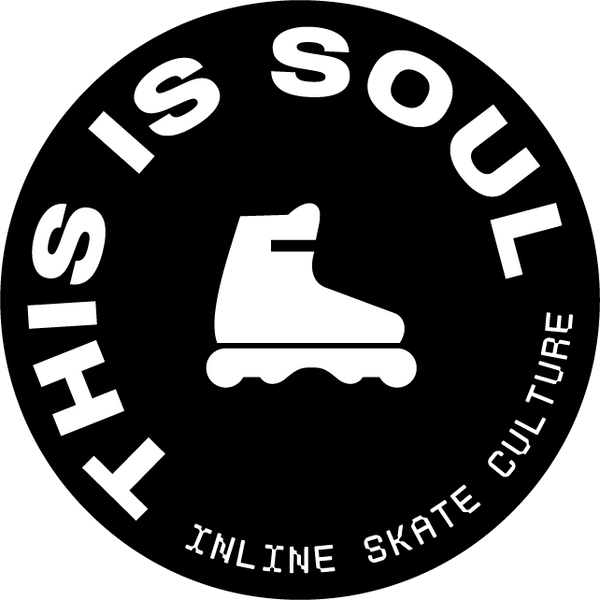3 or 4 wheels
Short answer:
When it comes to choosing between three vs four wheels, four wheels offer more stability and control, which is ideal for beginners. However, three wheels provide more speed and agility, making them suitable for experienced skaters.
Three vs four wheels
In the debate between three vs four wheels for inline skates, the decision often depends on what kind of skating experience you are looking for. Both setups have distinct advantages, and understanding the key differences can help you choose the right setup for your needs.
Speed and wheel size
One of the main differences between three vs four wheels is the wheel size. Three-wheel setups generally feature larger wheels, which allow you to achieve higher speeds. These larger wheels also perform better on rough or uneven surfaces, like grass, as they can roll over obstacles with more ease. This makes the three-wheel setup a popular choice for skaters who prioritize speed and outdoor skating.
Height and stability
On the other hand, four-wheel setups are lower to the ground, offering more stability. This lower height makes balancing easier, especially for beginners. The stability of four wheels allows for more control when navigating uneven surfaces or making tight turns. Skaters who prioritize control and safety, particularly in urban or crowded environments, will find the four-wheel setup more suitable.
Balance and control
When comparing three vs four wheels, balance plays a crucial role. With a four-wheel setup, you have two points of contact with the ground at all times, which provides consistent stability. This makes it easier to maintain balance, even when going over curbs or small bumps. In contrast, three-wheel setups may feel less stable at times, as you might find yourself balancing on a single wheel, especially when moving over uneven ground.
Frame length greatly influences your wheel setup. Learn more about it here. Also, consider the importance of wheel diameter in your choice here.
Surface performance
When skating on different surfaces, the performance of three vs four wheels also varies. Three-wheel setups tend to excel on flat and rougher surfaces, where speed and glide are important. However, for surfaces with frequent bumps or obstacles, the four-wheel setup provides better control and reduces the risk of getting stuck.
Beginner recommendation: three vs four wheels
For beginners, the choice between three vs four wheels often leans towards four wheels. The increased stability and control make it easier to learn and build confidence. While three-wheel setups offer speed, the reduced stability can make them more challenging for new skaters.
In conclusion, the choice between three vs four wheels depends on your skating goals. Four-wheel setups are ideal for stability and control, making them great for beginners. Three-wheel setups, on the other hand, offer more speed and agility, making them perfect for more experienced skaters looking for faster performance.
Choosing the right setup is key to enjoying your time on skates. If you’re still unsure or just want to learn more, check out our Buyer's Guide. It's packed with tips to help you make the right decision.
